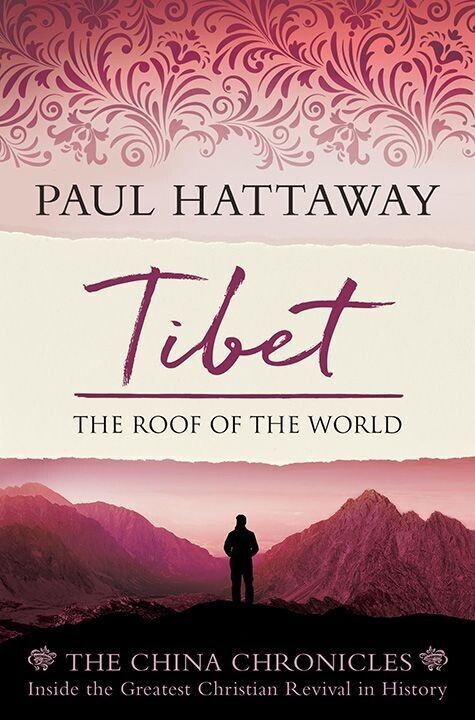1920s
The Tebbu
In northern Sichuan Province, in the shadow of the Minshan Range, the Tebbu Tibetans (who had once sent 170 bloodthirsty men in an attempt to murder missionary William Christie), heard the gospel from CMA workers Edwin and Carol Carlson, who served in the Tebbu (Tewo in Chinese) area from 1922 to 1948. Their son, Bob Carlson, recalled the history of Christian outreach among the Tebbu tribe:
"It can be said that we were not received there with open arms, for my father was able to rent a house only because the landlord was having a dispute with the rest of the village, and figured the most spiteful thing he could do was to rent to foreigners. When we came on furlough in 1934, the men of a nearby village got together and burned the house to the ground....
We were never able to live there again, although in Dragsgumna our landlord came to the Lord. Four or five years later his wife, a certified battle-axe of a woman, came to the Lord and was baptized in Choni, where we were living at the time. Because of her changed life her two adult sons also believed."
Robert Ekvall lived for a number of years in Lhamo, which is better known on today's maps as Langmusi. Bob Carlson noted: "He had many friends among the Tebbus. In 1940, as the direct result of the death of his wife Betty, a majority of the people in one Tebbu village became Christians. My dad had some contact with the believers up until 1948. What became of them is something I would dearly love to know!"
Kham ཁམས་
Evangelical work among the Khampa Tibetans had commenced in 1897, and by the 1920s missionaries had established hospitals, schools and orphanages, but had seen little lasting fruit. Despite their efforts, by 1922 the mission at Batang counted only ten converts, while the Kangding station numbered "just two or three Tibetan Christians" in 1926. One missionary at Kangding shared his frustrations at the difficulties he encountered when trying to help people understand the gospel:
"Never having been trained to sit for more than one minute in one position or accustomed to listen for any duration beyond 60 seconds, you can well imagine how difficult it is to get after their minds.... How to pack into two or three minutes enough gospel to save a man's soul: 'God loved—Christ died—Jesus saves—you believe'.... The Tibetans have acquired the ability to look you straight in the face without any effort whatever to listen to what you are saying. How utterly and entirely we are dependent on the Spirit of God in this great work!"
In contrast, the Catholics had continued to expand their work throughout the Kham areas of Yunnan and Sichuan provinces. By 1924, their mission based at Kangding boasted "two bishops, 15 French missionaries, three indigenous priests, and 4,800 baptized converts. More than one-half of these were Chinese, about two-fifths were Tibetans and Nu, and a few were Nepalese."
© This article is an extract from Paul Hattaway's book ‘Tibet: The Roof of the World’. You can order this or any of The China Chronicles books and e-books from our online bookstore.
1. Bob Carlson, personal communication, February 2001.
2. Bob Carlson, personal communication, February 2001.
3. Stauffer, The Christian Occupation of China, p. 278.
4. R. Cunningham, "Camping out Among Tibetans," Chinas Millions (May 1926), p. 72.
5. Cunningham, "Camping out Among Tibetans," Chinas Millions (May 1926), p. 72.





